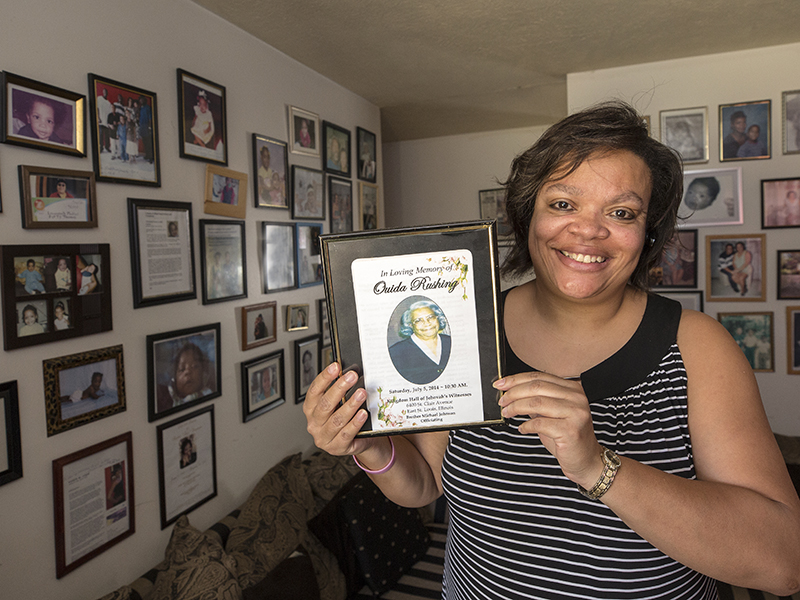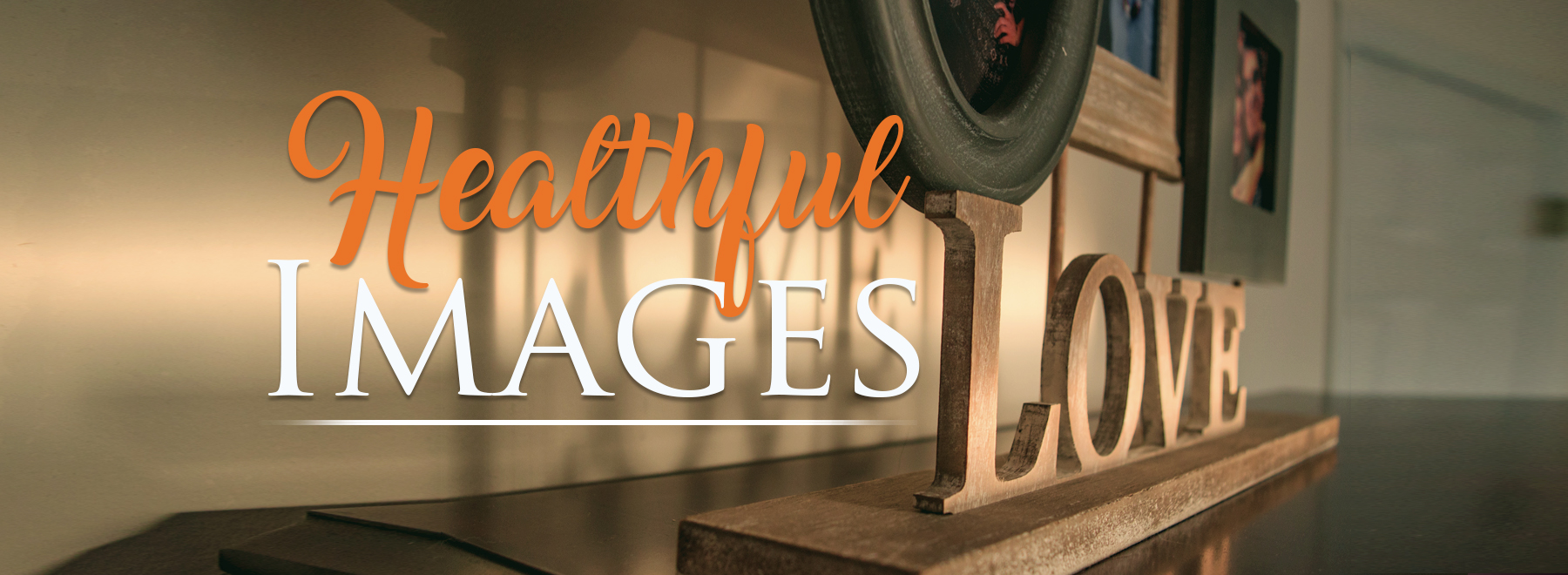UMMC psychologist: Photographs have intrinsic 'power to heal'
If LaShaunda Barber had lost only her sister, or only her husband, or only her grandmother, or only her best friend, each death alone would have broken her heart.
But the losses persisted for five-and-a-half years, until around 20 of the most important people in her life were gone.
“It was like a domino effect,” said Barber, 50, of Pearl. “My sister passed in 2012. Four months later, I lost my best friend. Four days after that, I lost a cousin; she had a massive heart attack when she was 40. It took a toll on me.”

It took her joy, Barber said, so she brought her grief to Dr. Jeff Parker, associate professor of psychiatry at the University of Mississippi Medical Center. She also brought some photographs.
They were images of some of the people she had lost, and she placed them in the hands of someone who respects their power to heal.
“With loss, there are natural emotions that anyone feels,” said Parker, a psychologist. “But these emotions may be blocked.”
Photographs can help unblock them, he said. Each picture is worth a thousand memories, or at least worth one that resonates – for better or worse.
“Memories can be so upsetting, so people who have experienced trauma naturally try to avoid them,” said Dr. Judith Lyons, a psychologist who leads the Trauma Recovery Program at the G. V. (Sonny) Montgomery VA Medical Center in Jackson.
“That’s why some people use drugs or drink, or try to avoid sleep so they won’t have nightmares,” said Lyons, who has spent decades treating military veterans with post-traumatic stress disorder. “Running away is a normal reaction to something that feels so bad, but over the years, the person can become isolated, living a life that is constricted and narrow.
“You want to get the person to recall that territory they’ve avoided so they can remember the positive parts as well.”
Lyons uses weightlifting as an analogy: “You build up the muscles slowly to avoid straining or re-injuring them. You must also slowly adjust to looking at a traumatic memory. Each time, it becomes easier to face.”
There has never been a better time to record memories visually, if for no other reason than the smartphone.
“We all have cameras in our pockets,” Parker said.
The smartphone’s design has been a godsend to those who prefer the examined life or, at least, the self-examined face – through “selfies.”

“Taking a lot of photos of yourself doesn’t make you narcissistic,” Parker said. “It’s deeper than that. It’s about sharing, which has become ubiquitous. Some people take selfies to show how they feel.”
And some still take photos the old-fashioned way, from behind the camera. No matter how you take them, context – where and when you take them – can also show how you feel. Looking at them later, you remember that feeling, Lyons said.
“A major part of treatment is trying to reconnect people to their memories,” she said. At the VA, she has used photos from veterans who lost a buddy in combat.
“You may also get them to watch a certain video, touch an object that can help them stay grounded in the memory; for those who served in Iraq or Afghanistan, it may be a tray of sand,” she said. “That sensory experience, that grit, helps them reconnect to the memory of being there, rather than trying to escape from it.
“They might bring in other things that remind them of the person they lost, such as an obituary.”
During her sessions with Parker, Barber did bring in obituaries. “Something told me to bring in the photographs, too. With each obituary, I was able to show him a face to go with it; he could see the person I had lost.”
They are not just photos of the people she lost. In a way, they are the people she lost, she said.
“I know it sounds weird, but I talk to them every day. I know they’re not still around, but I feel like they’re listening to me, even if they can’t talk back.”
But photographs are helpful beyond grief therapy, Parker said. For patients with dementia, they offer quality of life.
“Photographs don’t fix anything in their case, but those who still have long-term memory can look through a photo album and relive good moments from the past,” he said. “This doesn’t improve their memory, but it helps them experience pleasant emotions. It functions in the moment. And that’s how they live.
“Retrieving a memory is easier when you have a visual cue. All our senses are connected to memories. With trauma, memories are usually connected to sight and smell. The sense of smell is very powerful.
“When I smell Pepsodent tooth powder, it immediately takes me back to my maternal grandfather, the only person I knew who used it. Certainly, the smell of food can bring back memories and certain emotions.”
For trauma treatment, it’s important to recall the past through both sight and smell, Lyons said.
“Ideally, you would want to integrate all the senses.”
In Barber’s case, it was the sense of sight she depended on; the sight of her loved ones captured in two dimensions made them three-dimensional again.
“Seeing their pictures made it easier to talk about them, about the way they had lived their lives, as well as how they had passed,” she said. “Expressing my feelings to Dr. Parker, just crying, did help.
“I’m still trying to cope with it, though. I never experienced death in the family like that before. It’s still hard to accept that they are no longer here. I still have my days.”
On the good days, she remembers a party.
“My best friend and I went there together about a month before she passed,” Barber said. “She was going through dialysis and was really sickly, but she had a big smile on her face. I remember that smile. It’s in a frame on the wall.
“I’m looking at it right now. And that gets me through.”



